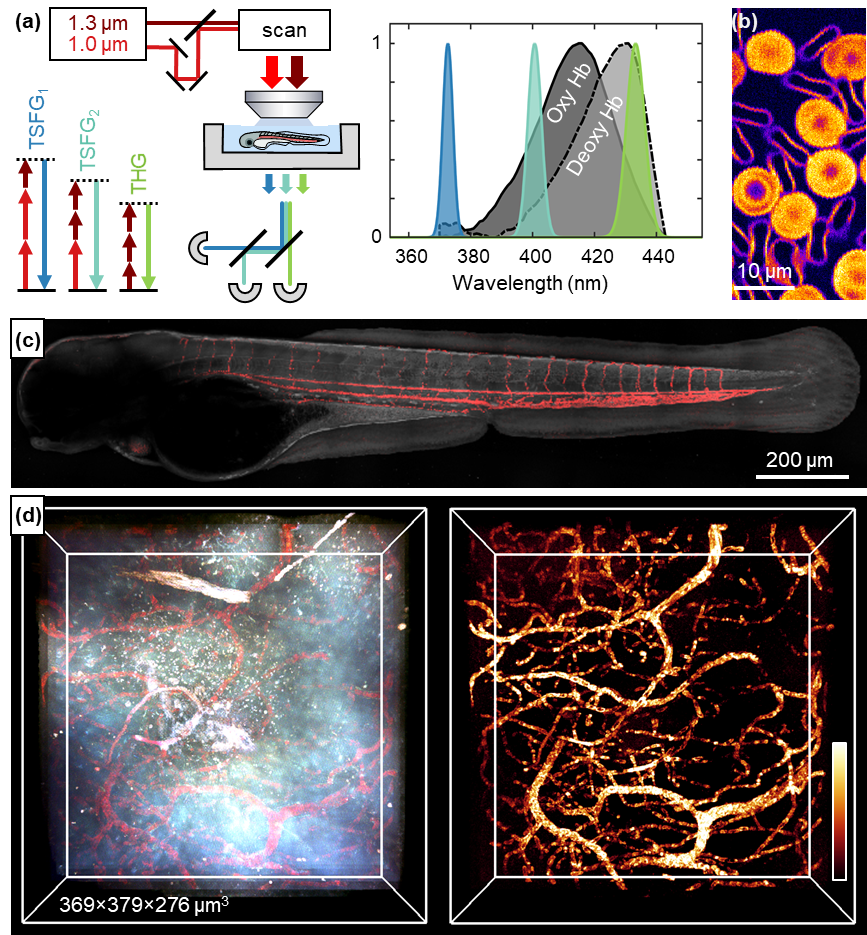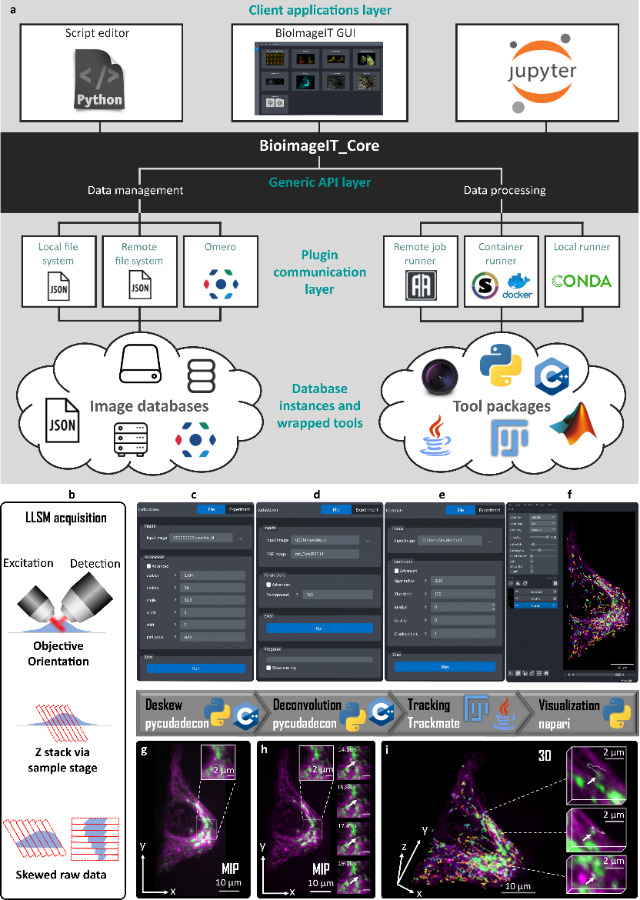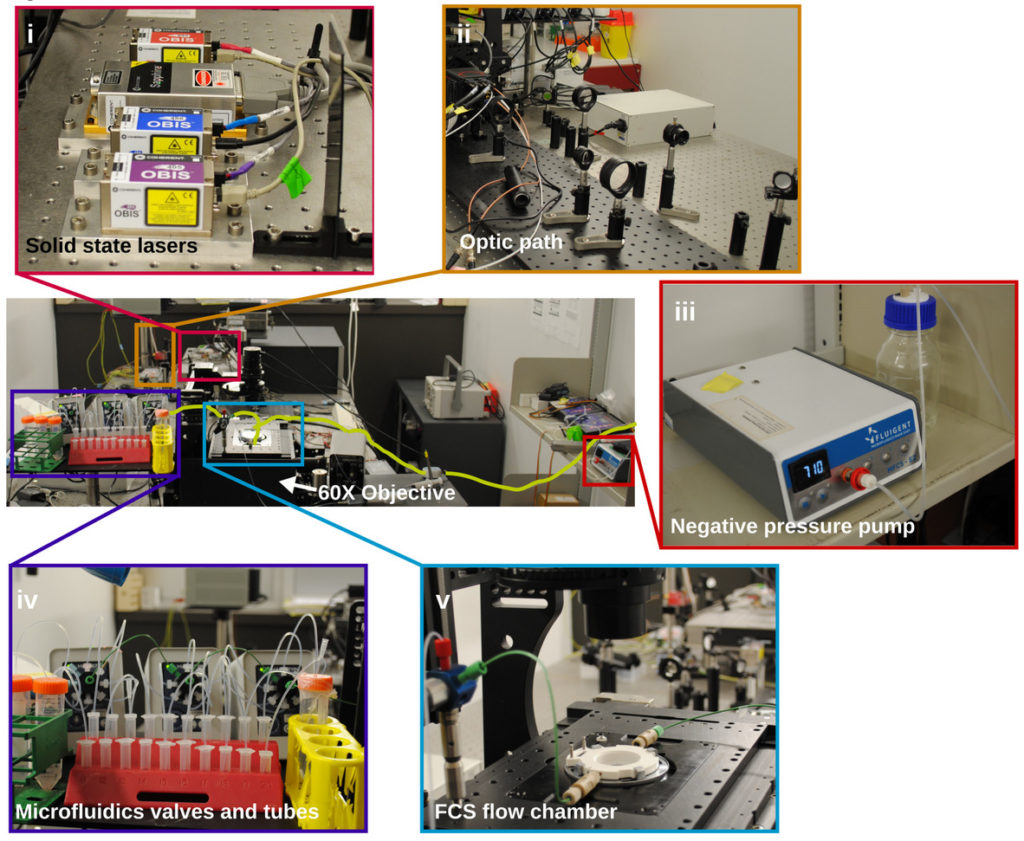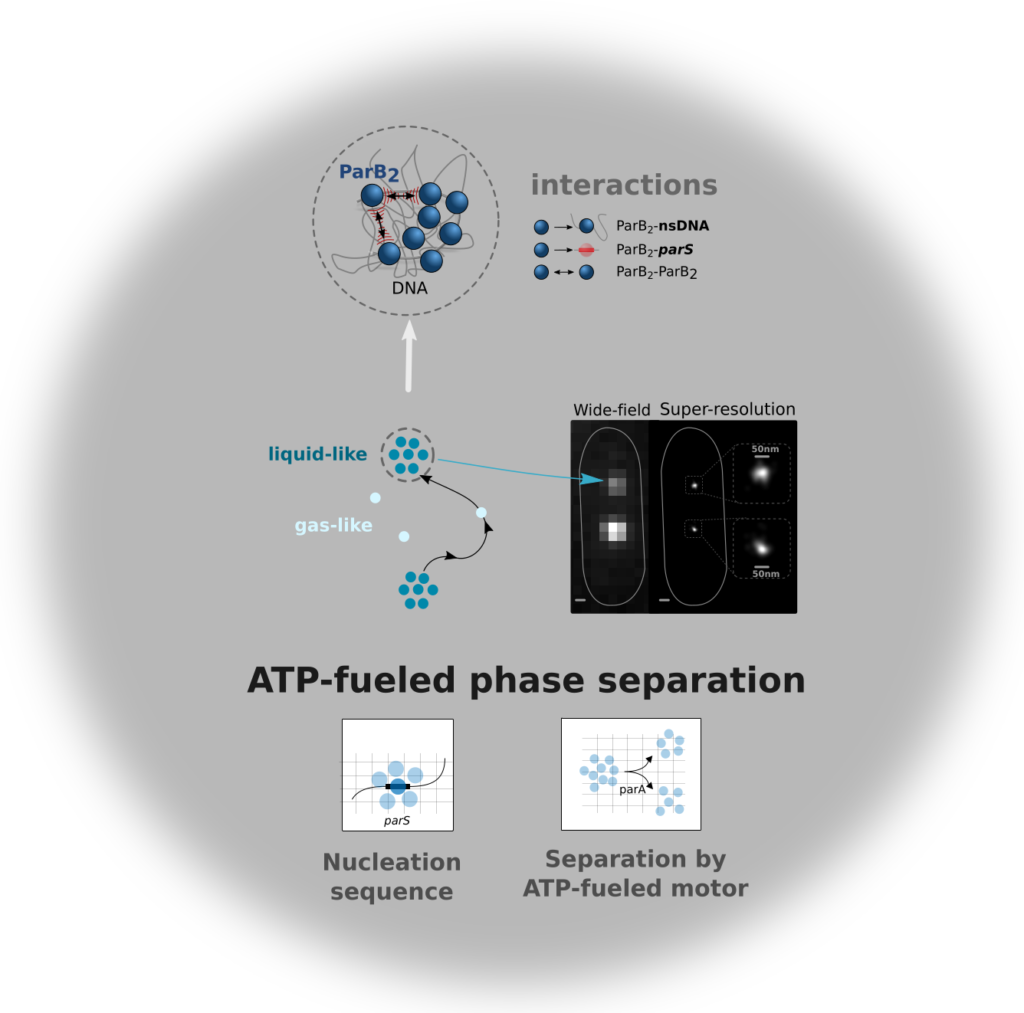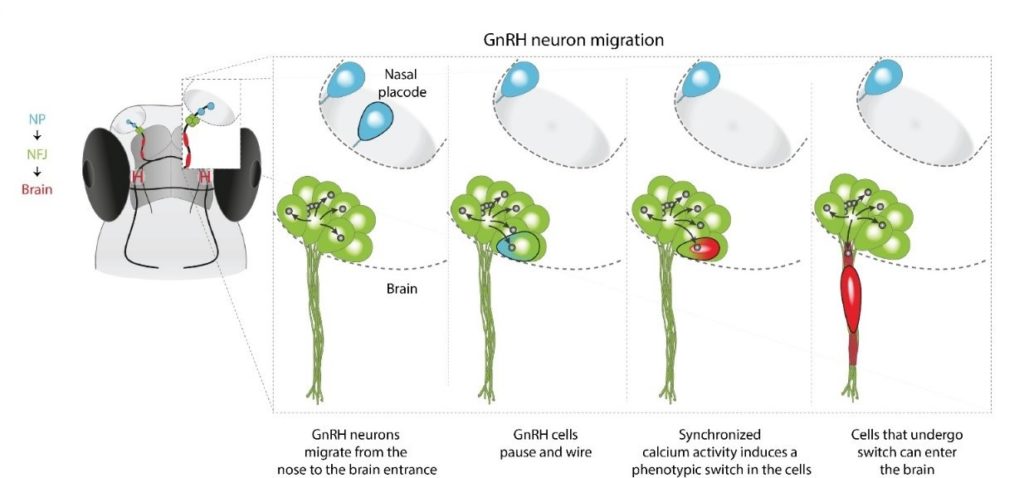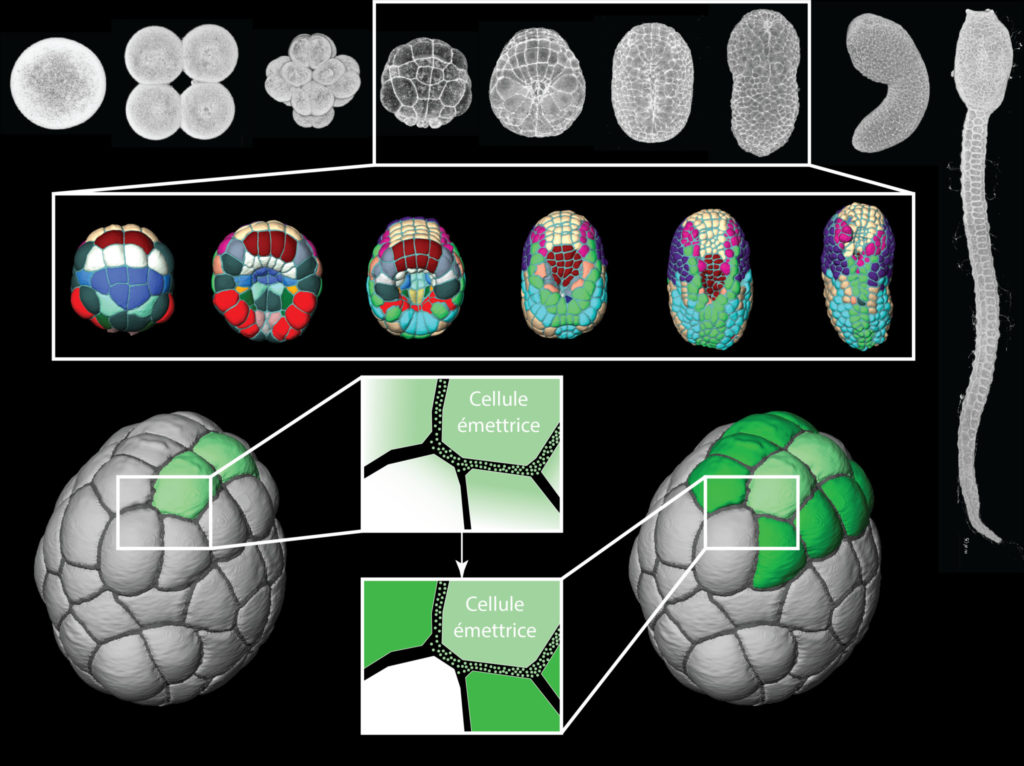Age-related macular degeneration (AMD) affects more than 150 million people worldwide (early AMD) and 10 million of patients suffer from debilitating late stage AMD. Blurring central vision, this eye disease progresses over time, usually beginning when people are around their 50s or 60s by causing damage to the macula, in the retina. Researchers from the Institut de la Vision (Sorbonne Université, INSERM, CNRS, UMR_S 968) recently published about the AMD. Thanks to Serial Block-Face Scanning Electron Microscopy (SBF-SEM) experiments carried out at the ImagoSeine core facility (Institut Jacques Monod / FBI Paris-Centre node), they describe in this new study melanophages as a disease-progression marker.
Early or intermediate AMD is characterized by pigmentary changes and lipoproteinaceous debris accumulation between the photoreceptors and the melanosome-rich retinal pigment epithelium (RPE) or below the RPE. Later, AMD can be complicated by central choroidal neovascularization or by an expanding lesion of the photoreceptors. Even though patients with early or intermediate AMD can progress and develop late AMD, a large part of patients stay stable for years, underlining the potential usefulness of progress.
AMD is associated with the appearance of hyperreflective foci, with reflectivity comparable to melanocyte-containing RPE cells. Thbs1 and CD47 are both important for the elimination of these cells. In the absence of either of them, melanocyte-containing RPE cells would then accumulate. The goal was to determine the origin of these cells in the retina, and the main question was: are these cells RPE migrating to the wrong place, or melanosome phagocytes cells having ingested melanosomes?
SBF-SEM: the key to answer this question
The Serial Block-Face Scanning Electron Microscopy (SBF-SEM) is a 3D electron microscopy imaging technique, where an ultramicrotome is placed inside a SEM. Biological samples are beforehand stained with heavy metals and embedded in a plastic resin block. Inside the microscope, a thin-section is cut at the surface of the block and discarded. Then, an image of the surface of the block – therefore inside the sample – is made, using back-scattered electrons. The process of cutting and imaging is repeated automatically as many times as necessary to produce a 3D stack of images inside the sample, as it is progressively imaged and destroyed.
This technique allows 3D imaging of large samples for Electron Microscopy standards (up to several hundred microns in each of the X,Y,Z direction) at high resolution. This technique is often used to image whole cells, or even small pieces of tissues in 3D. The two major domains of application are to:
- find a rare structure within a cell or tissue. The sample is imaged until the structure of interest is found.
- understand the 3D spatial organization of organelles within cells, or of cells between them.
The benefits of bioimaging in this study
In the study, SBF-SEM was essential. As previously mentioned, AMD is associated with the appearance of hyperreflective foci, with reflectivity comparable to melanocyte-containing RPE cells. In the images produced by SBF-SEM, the retinal pigment epithelium (RPE) surrounding the melanophages in mice, where CD47 was inhibited, were markedly less pigmented and deformed compared to those where Thbs1 was blocked. This suggests that melanosomes have been transferred by phagocytosis from the RPE to nearby melanophages because they lack CD47. Finally, authors have shown that CD47 acts as a “don’t eat me” signal. The SBF-SEM was a great addition to this study where understanding the 3D spatial organization of the structure of interest was key.
Thanks to Jean-Marc Verbavatz for providing very helpful insights of the study!
Augustin, S., Lam, M., Lavalette, S. et al. Melanophages give rise to hyperreflective foci in AMD, a disease-progression marker. J Neuroinflammation 20, 28 (2023). https://doi.org/10.1186/s12974-023-02699-9
Get access to one of our services!
You need SBF-SEM or another imaging technology or expertise that France-BioImaging provides? To get open access, please login via Euro-BioImaging website! You just have to choose the technology you want to use, then submit your proposal. All applications will be processed by the Euro-BioImaging Hub in close relation with France-BioImaging. And of course, all scientists regardless of their affiliation, area of expertise or field of activity can benefit from open access services! Users whose projects will be validated by Euro-BioImaging will benefit from a waiver for the access cost on France-BioImaging core facilities (https://france-bioimaging.org/access/)



